The Truth About Brazilian Cars Being "Unsafe"
This week, the idea of Brazil’s cars being “unsafe” due to inferior construction has been gaining a lot of currency on the blogosphere after the Associated Press published a report on this topic. Very few outlets have anyone posted in Brazil to do any deeper digging, but TTAC does. Unfortunately, our man Marcelo de Vasconcellos is currently in exams right now (good luck, Senhor!) and was unable to write up an article refuting these claims. Still, Marcelo took the time out to talk to TTAC about the problems behind the article.
The various articles floating around the web allege that Brazilian cars are doomed to be “unsafe” due to poor workmanship, excessive cost-cutting and poor grades of steel. Marcelo was able to speak to people at Fiat Brazil, as well as some engineering professors, and found out that the truth is that road fatalities are up, but not for the reasons people think they are.
A report by the Associated Press cites electricty savings on welding and shoddy workmanship as a key culprit behind the poor crash safety of Brazil’s cars
“If you save on electricity, you save on cost. One way to save electricity is either reducing the number of spot welds or using less energy for each spot weld made. This affects structural performance in the event of a crash.”
Marcelo asserts that since most of the cars sold in Brazil are unibody subcompacts, this argument holds little weight. Welds are done via robot, and the process is highly standardized, with little variation. Furthermore, many Brazilian made cars are exported. Fiats are sent back to Italy, while Volkswagens are exported to Argentina, the Middle East, Russia and other locations. Any cars sold in Europe must meet strict Euro NCAP standards, and the European magazines publish the results in great detail.
Brazilian steel is also blamed due to its apparently poor quality. Marcelo asserts this is false as well. Brazil’s iron ore is a sought after commodity on the world market as well (especially in places like Australia and Brazil), and Brazil is home to ValeInco, one of the world’s leading steel producers. This is far from the Eastern European sheetmetal that was notorious for causing Fiats to rust within minutes of coming into contact with road salt. We are dealing with a globally marketed commodity that must be competitive.
Marcelo instead places the blame on the increasing number of cars on the road, piloted by first-time drivers on poorly maintained road infastructure
The professor [Marcelo’s friend who is an engineering professor] also commented that while the article showed an increase of 70% in fatalities (I think that’s what the article said, I have not read it) it did not say that the market has grown more than 150% over the last 15 years. Many, many of these buyers are first time drivers. Due to credit, many people don’t have the money to buy a used car (still more expensive here than in America) but they do have credit to buy said car in 60 months.
So, first time buyer, many times the first car in the family, many times young people, a disaster is waiting to happen. The other ingredient is of course the government. Badly maintained roads, almost no police presence on streets – an over-reliance on radars, just recently a crack down on drunk driving (the limit in Brazil is now 0, yes zero), lack of signs, roads designed and engineered and built in the 60s. Plus traffic conditions lots and lots of very old, decrepit really, buses and trucks…
Of course small cars are involved in more accidents. 70% of the market in Brazil is Palio, Uno, Gol, Fox, Celta, Classic, Sandero, Logan, 208, Ka, Fiesta and derivatives. All considered subcompacts in America. Of course they are in the majority of accidents. Of course most people get killed or maimed in them. A Gol sells 30k a month, a Corolla is lucky to get 3k…
As far as crash testing goes, Marcelo admits that Brazil does have a long way to go with both crash testing standards and mandatory safety features, but notes that the country is improving.
For you to have an idea, a Renault Sandero recently crash tested did better than a Chinese JAC 3. Detail: the Sandero was not equipped with airbags or ABS and the JAC was. Brazilian built Corollas got the same results as American Corollas. Now, airbags and ABS become mandatory next year. Look for Brazilian cars to then get the same results as their first world brethren. Take an American Fusion, strip it of its airbags and it’ll get the same 1, 2 or 3 stars Brazilian cars have been getting in such tests.
Brazilian cars are sort of middle of the road. They are not deathtraps but they are not first world because they don’t have lots of active safety systems. But they do have a lot of passive systems, collapsible steering wheel columns, collapsible brake peddles, fuel cut off systems in case of accidents, crumple zones, 3 point seat belts, they are all there.
While it would be irresponsible to ignore the AP’s report out of hand, it’s worth highlighting some of the non-car related factors in Marcelo’s interview. The lack of any drunk driving regulations, the substantial amount of inexperienced drivers on poorly maintained roads with scant traffic laws and the lack of any real enforcement of the rules of the road is clearly a recipe for disaster. Whether these locally-built subcompacts are in fact death traps is another debate that I’m not comfortable wading into.
One point that nobody has raised yet is the obscene prices that Brazilian consumers pay for cars. Often times they are 2-3 times more expensive than in America. Brazilian consumers could potentially be driving inferior cars and paying through the nose for them.
More by Derek Kreindler
Latest Car Reviews
Read moreLatest Product Reviews
Read moreRecent Comments
- Pig_Iron This message is for Matthew Guy. I just want to say thank you for the photo article titled Tailgate Party: Ford Talks Truck Innovations. It was really interesting. I did not see on the home page and almost would have missed it. I think it should be posted like Corey's Cadillac series. 🙂
- Analoggrotto Hyundai GDI engines do not require such pathetic bandaids.
- Slavuta They rounded the back, which I don't like. And inside I don't like oval shapes
- Analoggrotto Great Value Seventy : The best vehicle in it's class has just taken an incremental quantum leap towards cosmic perfection. Just like it's great forebear, the Pony Coupe of 1979 which invented the sportscar wedge shape and was copied by the Mercedes C111, this Genesis was copied by Lexus back in 1998 for the RX, and again by BMW in the year of 1999 for the X5, remember the M Class from the Jurassic Park movie? Well it too is a copy of some Hyundai luxury vehicles. But here today you can see that the de facto #1 luxury SUV in the industry remains at the top, the envy of every drawing board, and pentagon data analyst as a pure statement of the finest automotive design. Come on down to your local Genesis dealership today and experience acronymic affluence like never before.
- SCE to AUX Figure 160 miles EPA if it came here, minus the usual deductions.It would be a dud in the US market.

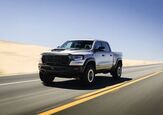
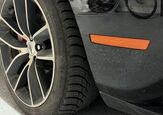







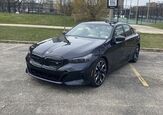





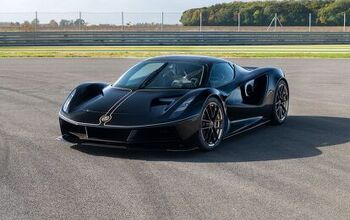

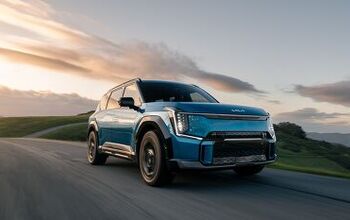
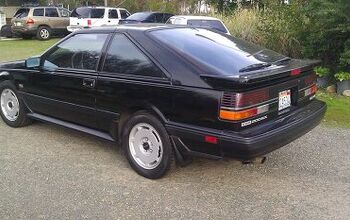

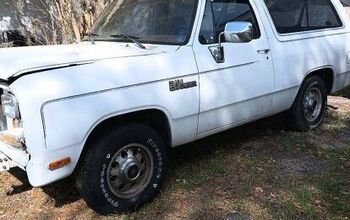
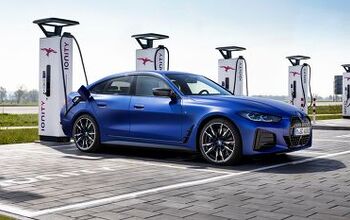
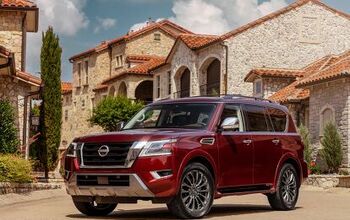

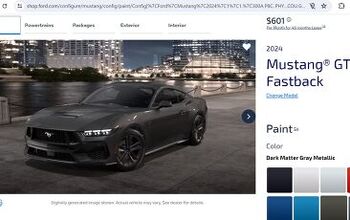
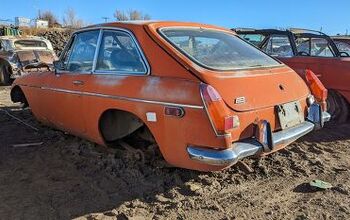
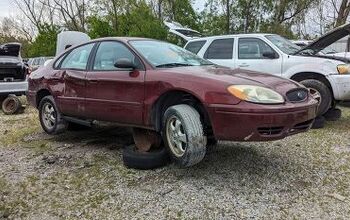
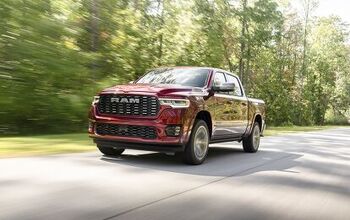
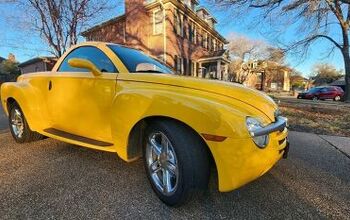


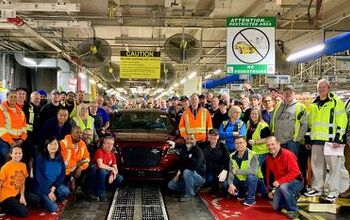
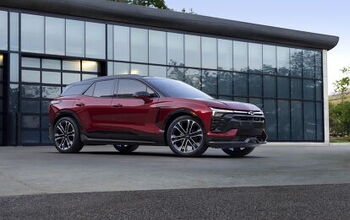
Comments
Join the conversation
looks like a lot of people in Brazil doesn't believe what the industry asociation says: www.noticiasautomotivas.com.br/leitor-rebate-a-nota-da-anfavea-sobre-os-carros-nacionais/
I am an Englishman that just moved to Brasil and this is my take on things here. Generally standards on cars here is terrible and that includes safety. The cars are expensive, poorly built and poorly maintained. The car industry makes money hand over fist and does not care. If they loose a customer to a brand then 2 more Brasilians appear to buy their first new car. Cars, clothes and jewelry are used to show wealth. People will show off in anything that moves before going back to what may be little more than a slum. The wealthier show off with imported cars but again they like to show their wealth. Cars here have been safety tested and shown to be dangerous. the Nissan March and the Nissan Micra comparison is good. They look the same but one is safe the other dangerous, very dangerous. In Europe i would never buy Fiat. Here I would and have. Why? Simple. In Europe the cars are often poorly built and the dealers have bad reputations. In Brasil its the same. However VW here just exploit people. The cars are expensive, poorly built and the dealers rude. With the VW Fox that was joint developed for Europe. Yes it crash tests well but here its double the price of Europe, nearer 3 times the price actually. In terms of safety though its a million miles away. They didn't fit air bags or ABS as standard until forced (In europe it had them). Here the seats are poorer quality and in the past they had a faulty design on the rear seat that I am told led to fingers being amputated. When discovered they replaced the seats in Europe and changed the design. Here they carried on with the old design. Why... Because they could. Without Brasil and South America Fiat and VW would have had major problems in Europe. They make the money here and remove it from the country. Brasilians know they are being exploited but can do nothing about it. When cheap cars come to the country they are taxed highly and then quotas imposed. If you dont build the car here you can't sell freely´. If you build here then you have to be in the club and act in the same way that Fiat, VW and GM do. Build cheap, build basic and make huge profits. OK some some cars test well but here they are luxury cars. To me a Corolla is obsolete and used and driven by taxi drivers but here its a car to dream about owning. Changing this will take generations and strong legislation. It wont happen because the industry has too much power and wealth. Corruption rules here.